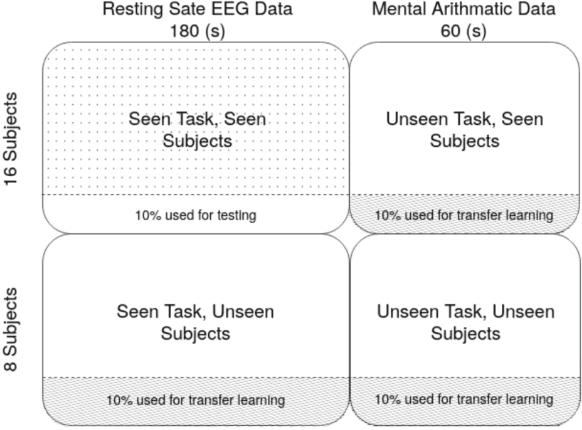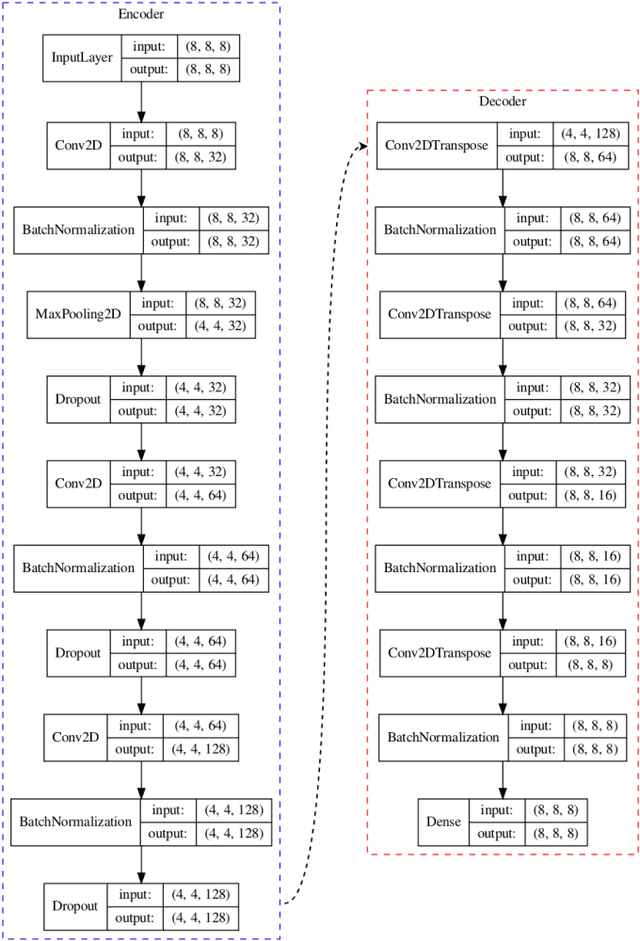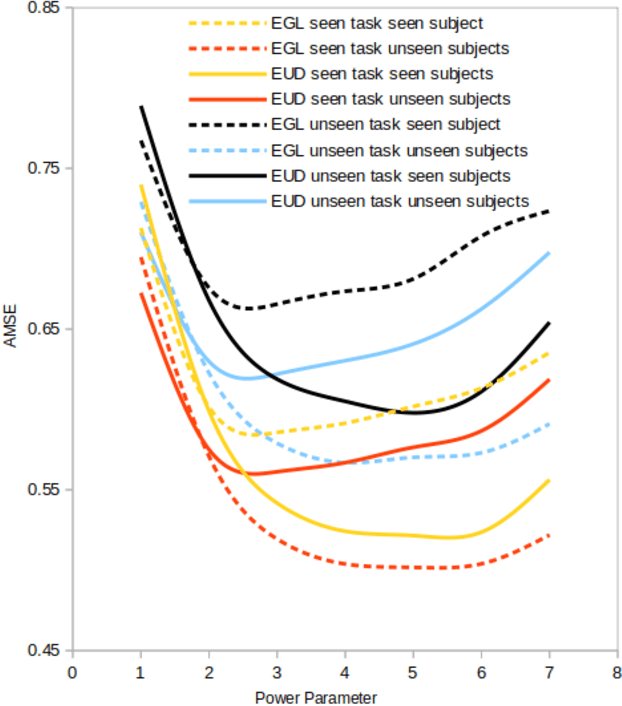Taosheng Liu
EEG Channel Interpolation Using Deep Encoder-decoder Netwoks
Sep 21, 2020



Abstract:Electrode "pop" artifacts originate from the spontaneous loss of connectivity between a surface and an electrode. Electroencephalography (EEG) uses a dense array of electrodes, hence "popped" segments are among the most pervasive type of artifact seen during the collection of EEG data. In many cases, the continuity of EEG data is critical for downstream applications (e.g. brain machine interface) and requires that popped segments be accurately interpolated. In this paper we frame the interpolation problem as a self-learning task using a deep encoder-decoder network. We compare our approach against contemporary interpolation methods on a publicly available EEG data set. Our approach exhibited a minimum of ~15% improvement over contemporary approaches when tested on subjects and tasks not used during model training. We demonstrate how our model's performance can be enhanced further on novel subjects and tasks using transfer learning. All code and data associated with this study is open-source to enable ease of extension and practical use. To our knowledge, this work is the first solution to the EEG interpolation problem that uses deep learning.
 Add to Chrome
Add to Chrome Add to Firefox
Add to Firefox Add to Edge
Add to Edge